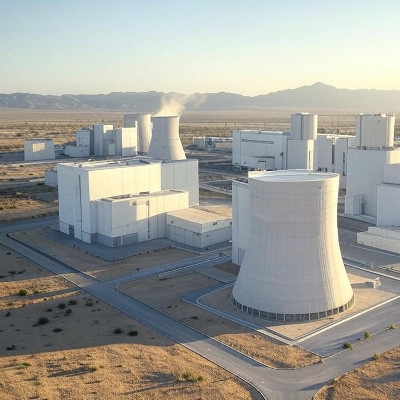Generative AI’s Hidden Environmental Toll Sparks Sustainability Concerns
Apr. 26, 2025.
1 min. read.
Interactions
Generative AI’s energy and water demands are straining the planet!
Generative AI’s rise is straining the planet’s resources, challenging corporate sustainability goals, a 2024 International Energy Agency report reveals. The technology’s massive energy and water demands are raising alarms.
Training models like Meta’s Llama-3.1 emits pollution equivalent to thousands of cross-country car trips, while daily AI use, or inference, now drives 60% of its energy consumption, outpacing training. A single ChatGPT prompt consumes significantly more electricity than annual Google searches, fraying utilities and risking blackouts in drought-prone regions like Arizona.
Water usage is another concern, with Google’s 2024 Environmental Report noting a 17% spike in data center water consumption due to AI expansion. This threatens habitats and heightens wildfire risks. Even “efficient” models like DeepSeek-R1 consume substantial energy during use, with increased adoption offsetting any gains, a phenomenon dubbed the rebound effect.
Experts urge businesses to integrate AI emissions into ESG reports, adopt smaller models, and invest in low-power chips to mitigate impacts. While AI can optimize energy grids, its growth outpaces grid capacity, complicating sustainability efforts. As AI scales, companies must balance innovation with environmental accountability to meet regulatory and market demands, ensuring a greener future.


.png)

.png)


.png)





0 Comments
0 thoughts on “Generative AI’s Hidden Environmental Toll Sparks Sustainability Concerns”